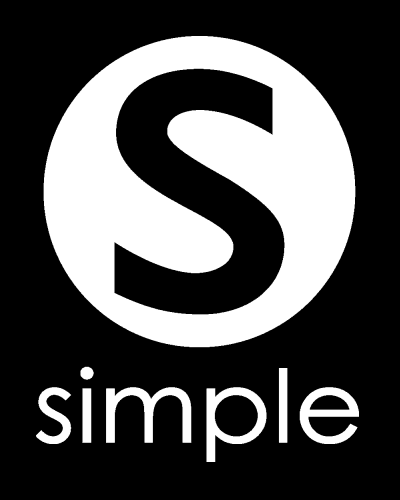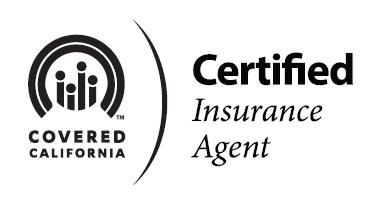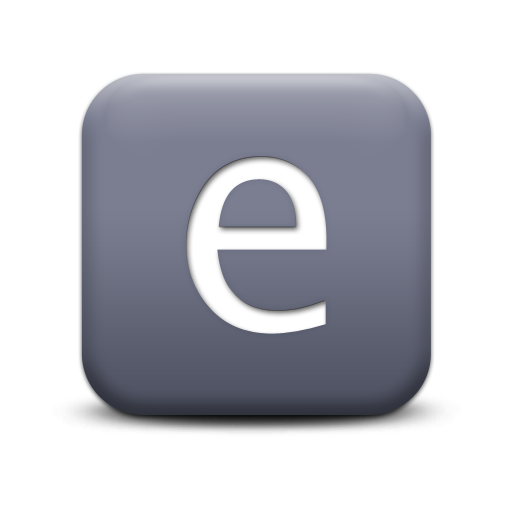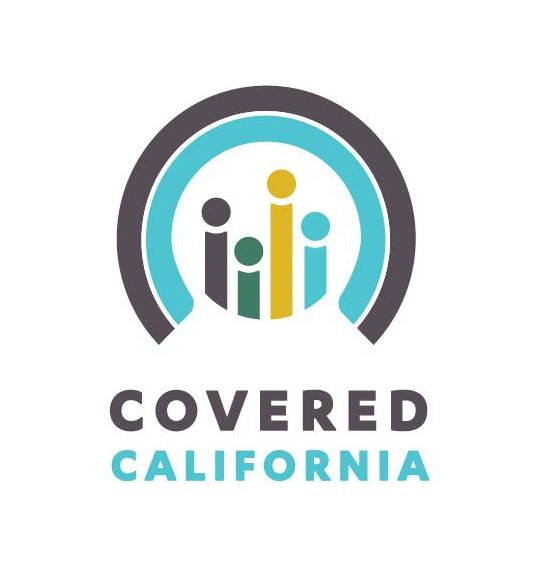Tip Sheet: Exchange Open Enrollment
The first half of 2013 open enrollment is complete. It’s official: the new state and federal health insurance exchanges have opened up across the country. We’re now in the very beginning of the implementation of healthcare reform’s major provisions.
Over the past two and a half months, a lot has taken place. Some things not so good (you might even say bad). And some things good (in certain cases, really-really good).
For example, maybe you’re one of those people that found very affordable coverage at the exchange, and you’re thrilled. Or… maybe you’re someone who isn’t getting much financial help via the subsidies, and now you’re looking for a way to find coverage for yourself or your family that won’t break the bank. You could also be a person with a preexisting condition that finally got their much-needed coverage. Or… maybe you found out that you can’t keep that health insurance plan you liked.
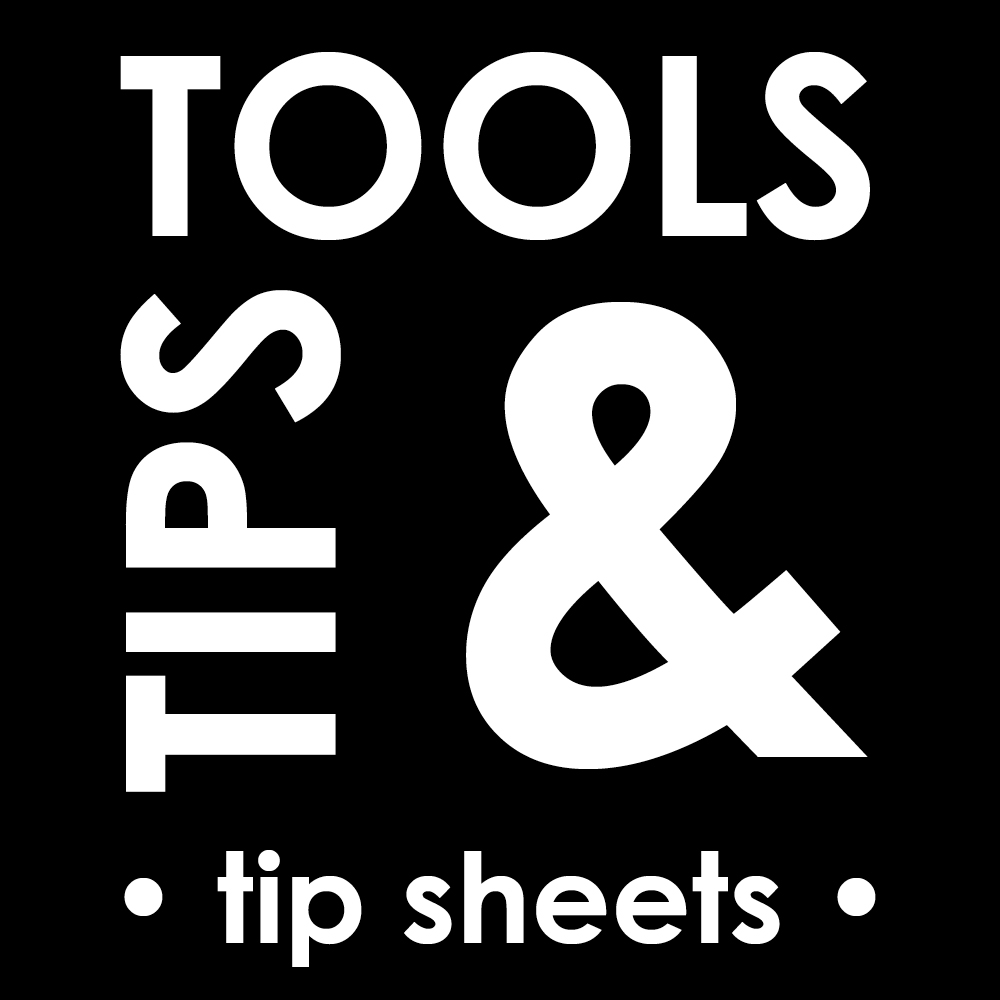
Every person’s case is different, and we’ve made it through the first-half with you. We’ve helped people enroll in the new exchange. We’ve also helped people navigate plans outside of the exchange.
With the second half of exchange open-enrollment coming up, we’ve put together a tip sheet for you, based on what we’ve seen so far. No politics. No opinions. Just facts. Here’s the latest:
- There really are some outstanding options at the new exchange for certain people. For example, if you make between ~$16,000 and ~$28,000 per year individually, there is a good chance you might really like your plan and premium at the exchange. People in this range also qualify for what are called cost-sharing reductions (in addition to premium subsidies). If you’re making between ~$16,000 to ~$28,000 per year, take a good look at the exchange. Additionally, those people making up to ~$44,000 per year may also qualify for subsidies.
- It’s true: you can’t be denied coverage for having a preexisting condition. Some people are still having a difficult time coming to terms with this concept. If you have a preexisting condition, apply for a plan inside or outside of the exchange: you cannot be denied at either place.
- Dependent coverage is too expensive at my spouse’s employer. Some of you who are needing to get insured are finding out that access to your spouse’s coverage through his/her employer is very expensive. If your spouse has access to what is called “affordable” coverage via their employer (affordable defined here), unfortunately, you and any dependent children are no longer eligible for subsidies at the exchange (even if the coverage in the exchange is considerably more affordable). This has been an area where we have had difficulty helping people find coverage. Our advice: shop for a more affordable plan on the individual market until the employer can make adjustments (they may need to offer a more affordable plan, or not offer employer coverage at all).
- My individual (or family) health insurance plan was cancelled. Your health insurance plan may have been cancelled because it did not conform to new healthcare reform standards. The bad news: you may not be able to get that plan back (so the best you can do right now is shop for another plan). The good news: recently, there was a tax penalty exception granted to people who lost their coverage. In other words, if your plan was cancelled, you won’t have to pay the individual tax penalty in 2014.
- My premiums got more expensive. Many plans in the individual market have seen premium increases. This is especially true for individuals that do not qualify for health insurance subsidies at the exchange (ie: individuals making more than $44,000 per year). One of the reasons you’re seeing these increases is because of the newly mandated 10 essential health benefits. Our advice: have a broker shop with you for a more affordable plan.
- Check your physician and hospital networks. This is especially true if you’re participating in a plan from a public state exchange. If you’re looking for access to a specific doctor or hospital, make sure to check and see what plans they are accepting. Some doctors and hospitals are not accepting plans from the public exchange at all.
The above listed are some of the things we’ve run into while helping people enroll during the first half of exchange open enrollment. If you’ve participated at the exchange, you may be familiar with what we’ve discussed. If you’ve not yet enrolled, our biggest goal with this post is to get you some tips about what to expect.
The entire second half of 2013 open enrollment has just begun. Don’t forget you have until March 31st, 2014 to enroll this year. If you have any questions about enrolling in Covered California, please contact us. Policy Advantage Insurance Services is Covered California Certified.
Thanks for stopping by, we hope you found our information to be valuable. Check back at our blog to get further information about funding healthcare. Also, please share with your friends, clients, colleagues, and family. Here are a few of our other information outlets:
Home Page: https://policyadvantage.com
Twitter: http://www.twitter.com/PolicyAdvantage
Facebook: http://www.facebook.com/PolicyAdvantage
YouTube: http://www.youtube.com/PolicyAdvantage
Pinterest: http://www.pinterest.com/PolicyAdvantage
Word Press: http://www.policyadvantage.wordpress.com

